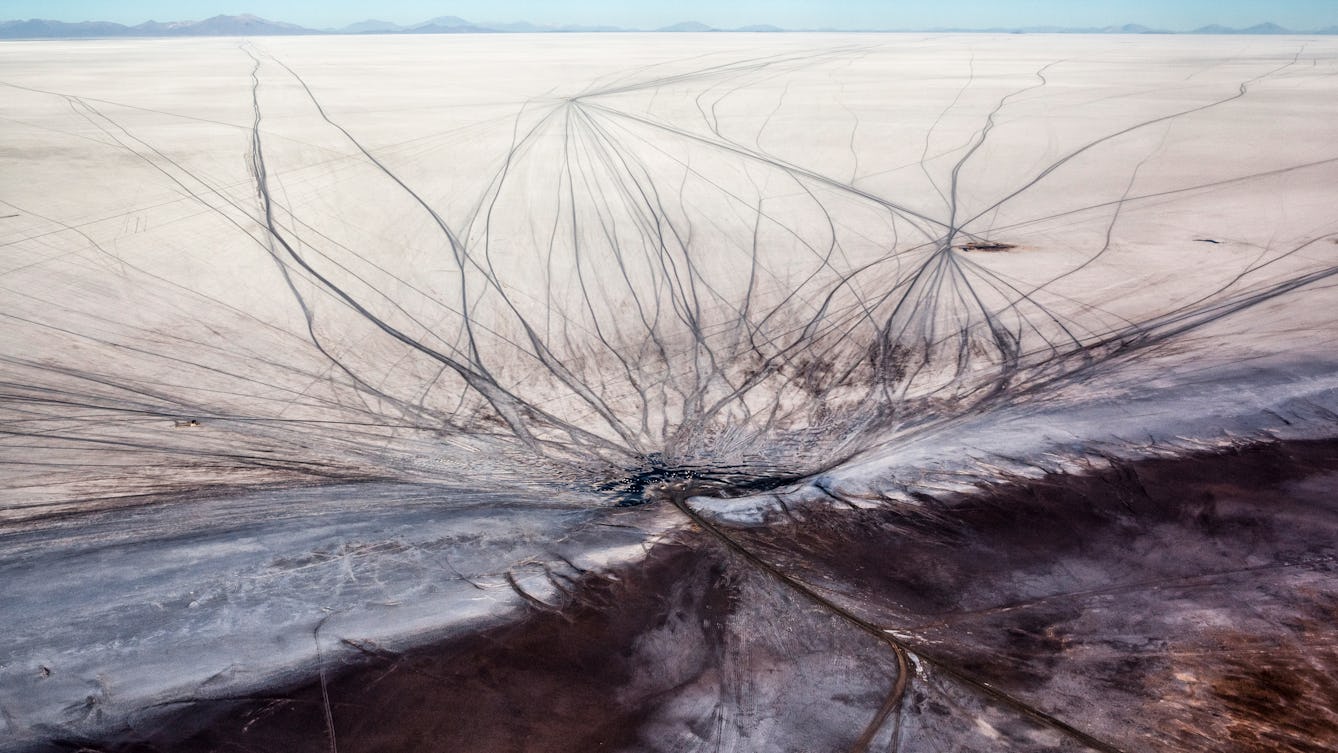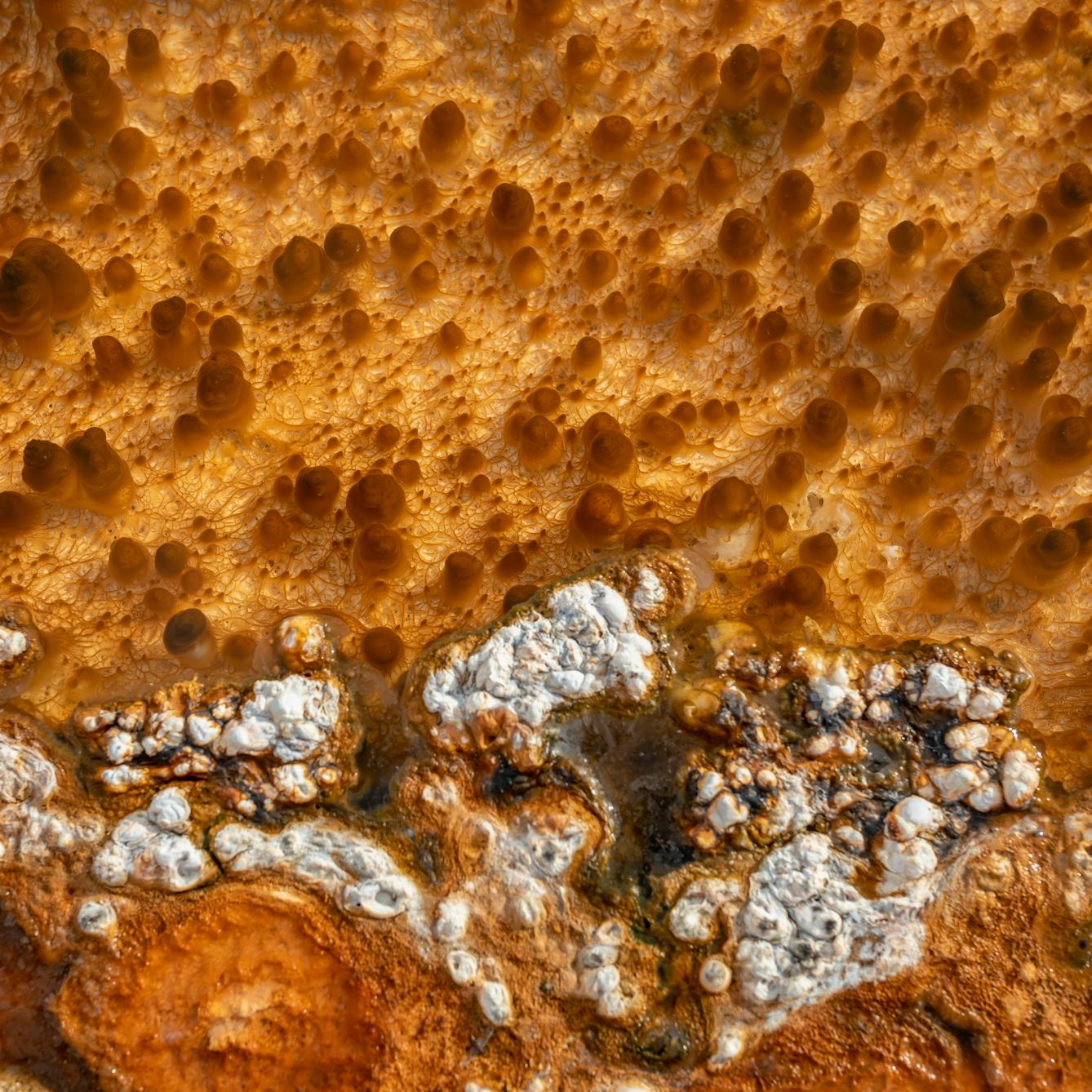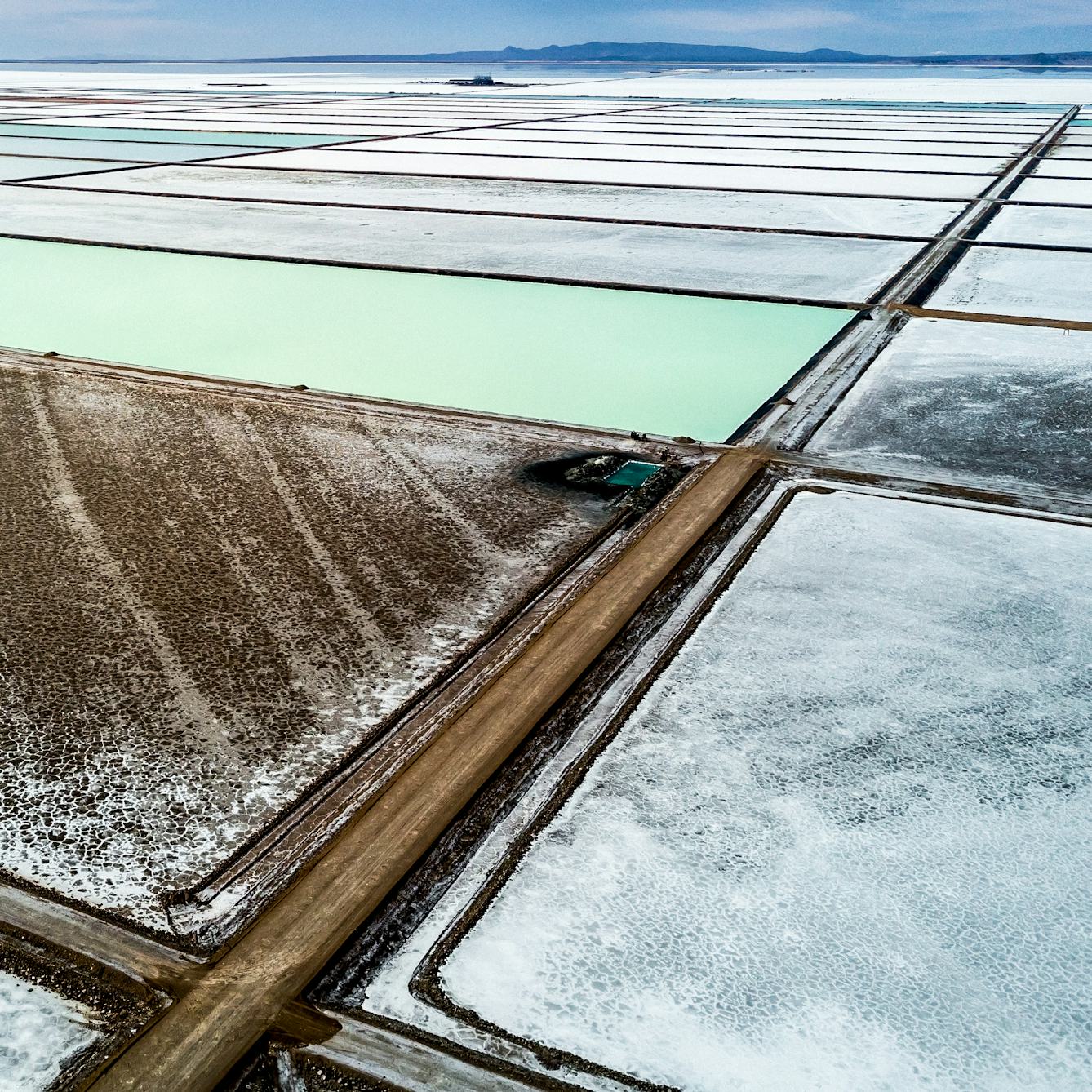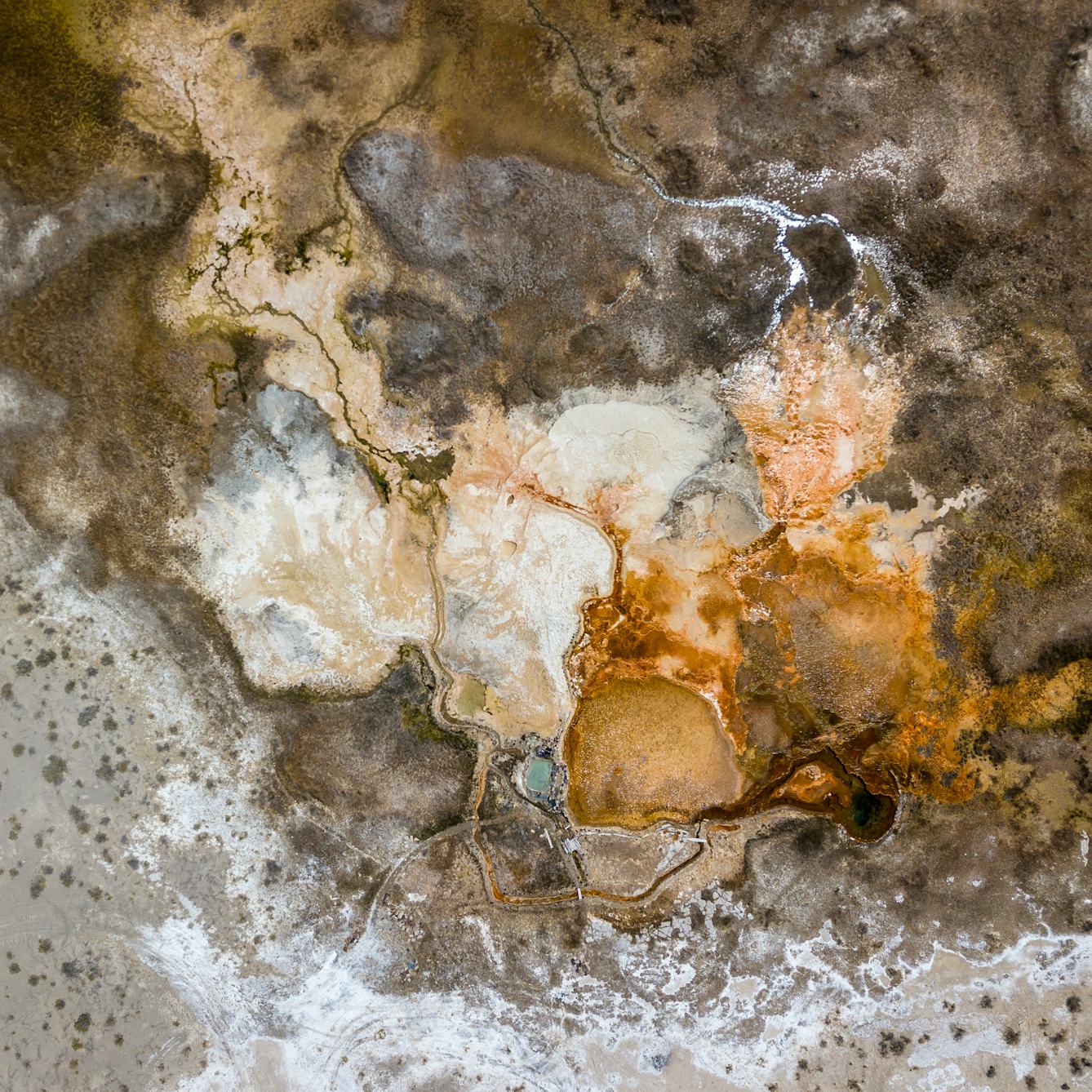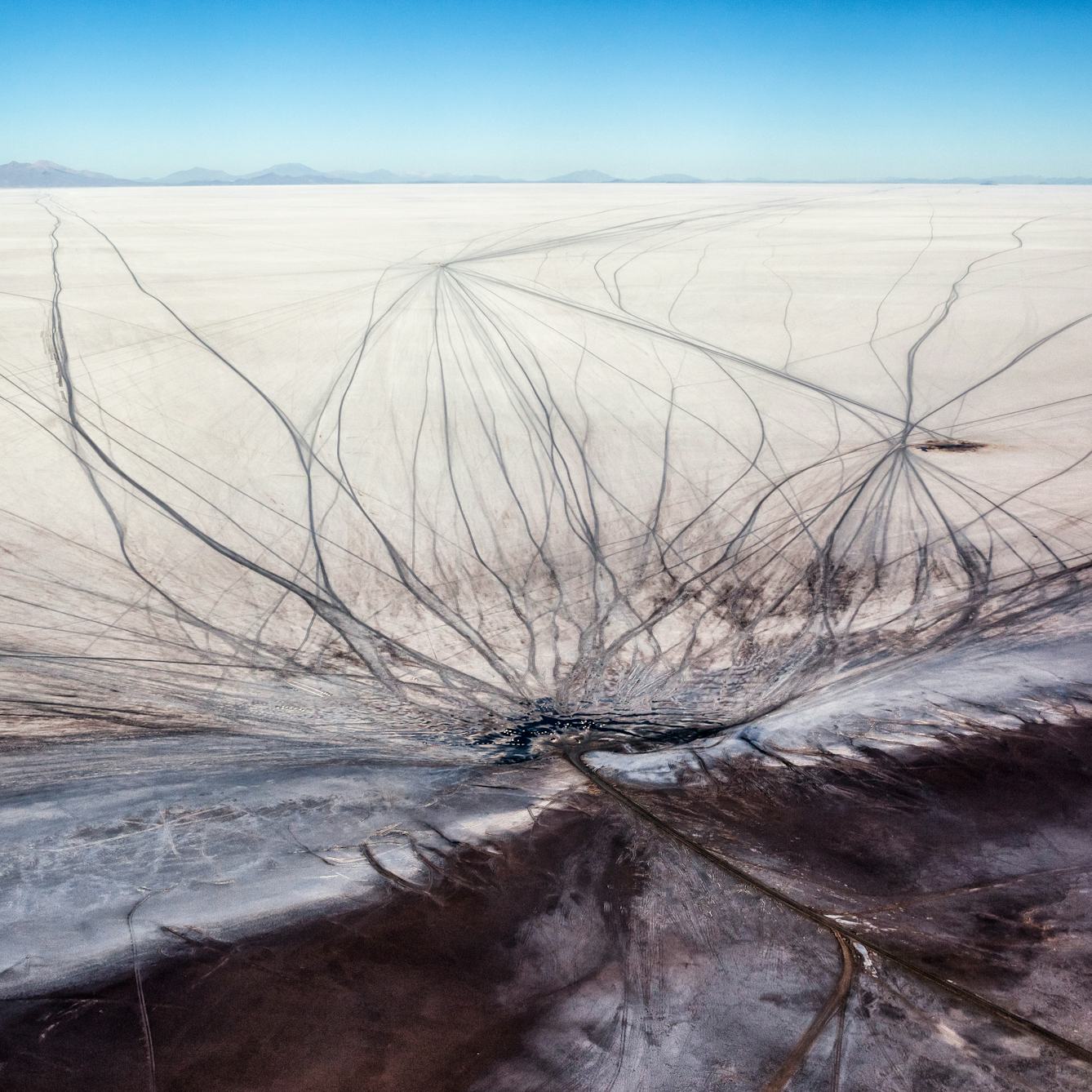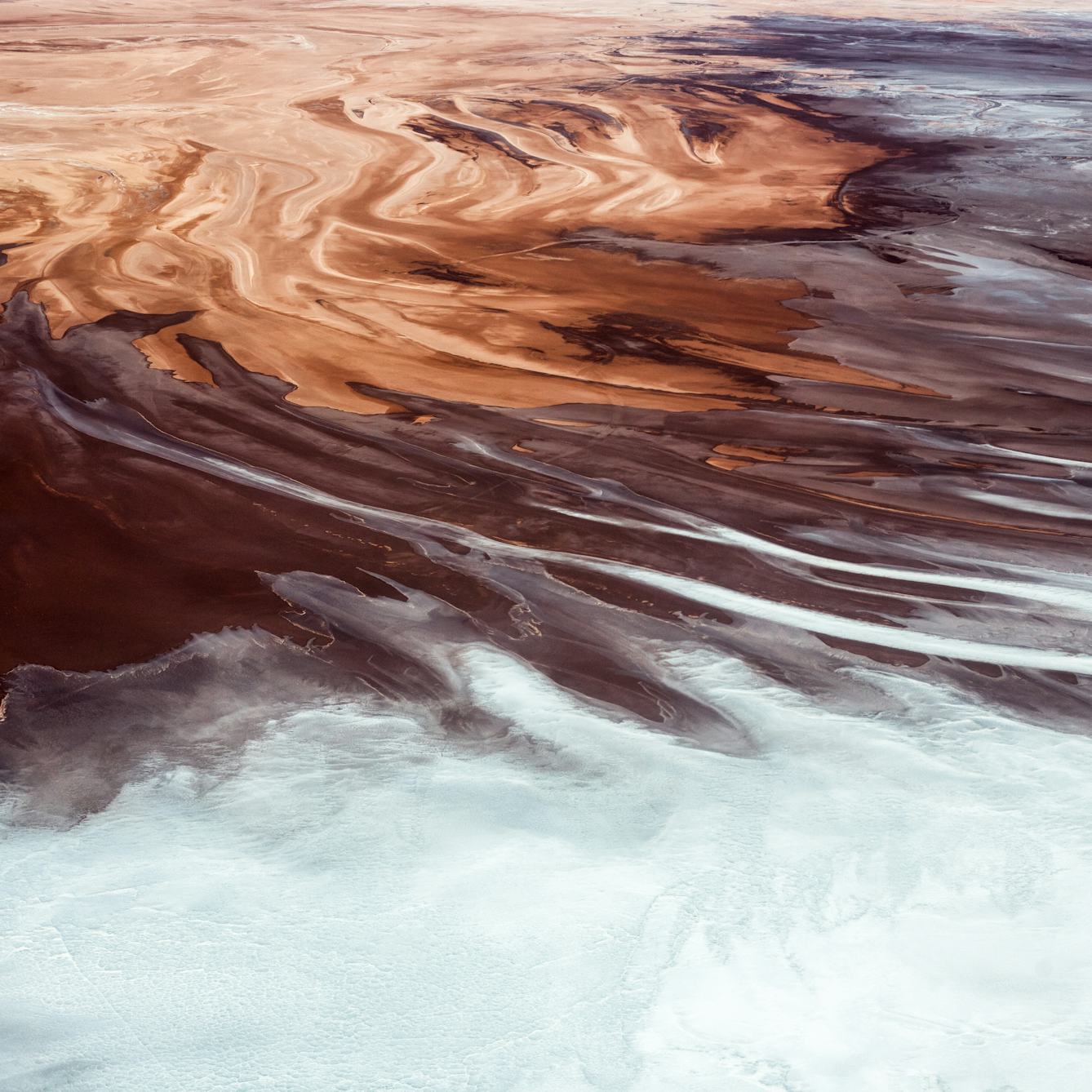A few months after being diagnosed with bipolar disorder, Laura Grace Simpkins began to take lithium. It was the “gold standard” treatment and she was spellbound – at first. But she soon began to have doubts about this mysterious drug, one that stabilised her mood but stole her pizzazz. Little is known about how lithium works, and almost no consideration is given to the social and environmental costs of producing it. Should she really prioritise herself over everything and everyone else? Here she investigates her relationship with her medication and her mental health, asking if lithium is the bitter pill she has to swallow.
About the contributors
Laura Grace Simpkins
Laura Grace Simpkins writes and performs about herself, madness and death. Her writing has been published by the Guardian, New Scientist and the British Medical Journal’s Medical Humanities, as well as broadcast on BBC Radio. She is currently working on her first book.
Matjaž Krivic
Matjaž Krivic is a documentary photographer capturing stories of people and places, primarily focusing on environmental issues. For over 25 years he has covered the face of the earth in his intense, personal and aesthetically moving style that has won him several prestigious awards. The past six years he has been immersed in the visual documentation of the lithium industry and also how companies and even countries are essentially washing away the climate sins of the past to create a greener and sustainable future.
